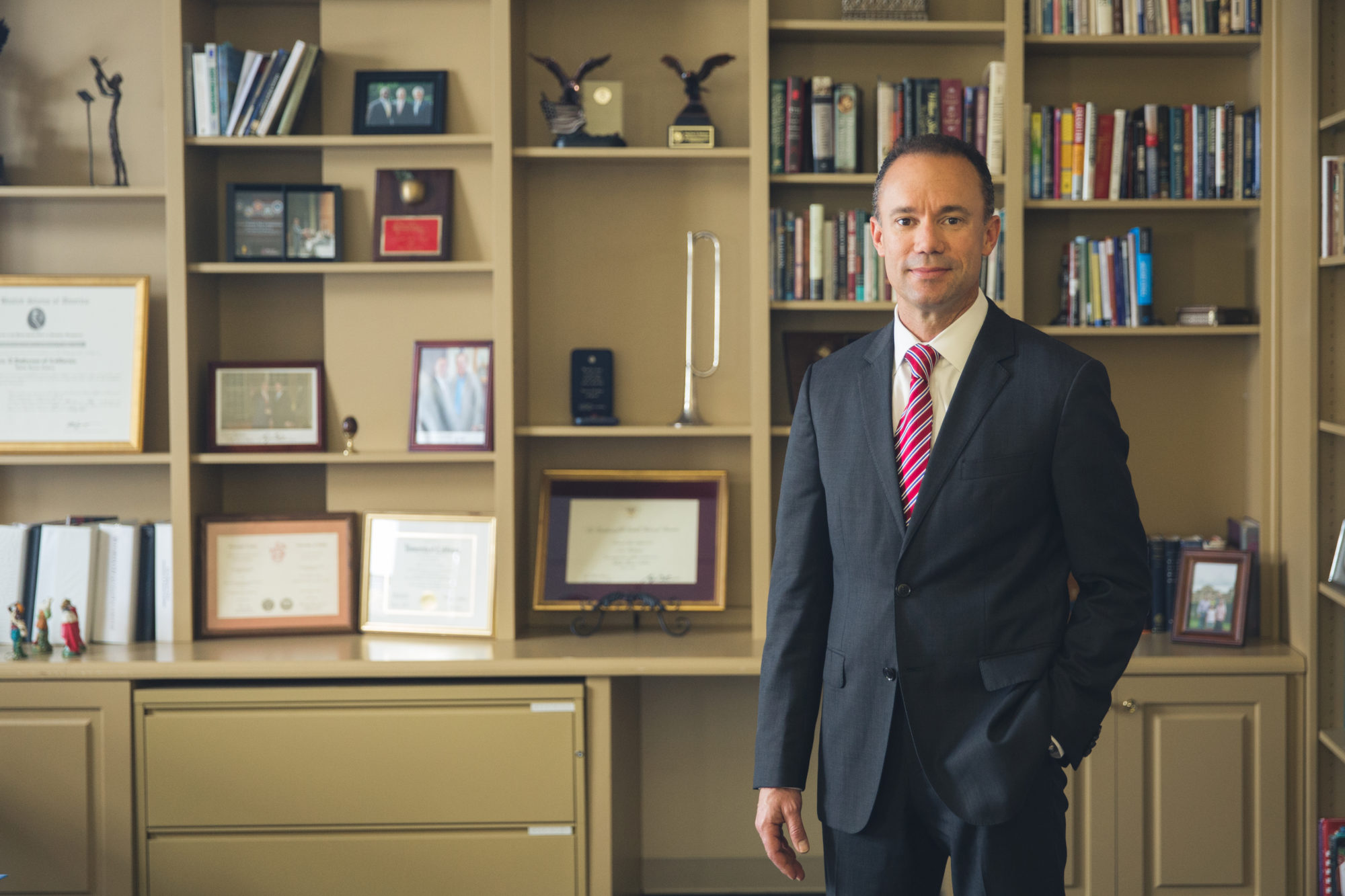Here is my servant, whom I uphold, my chosen one in whom I delight.
I will put my Spirit on him and he will bring justice to the nations.
He will not shout or cry out, or raise his voice in the streets.
A bruised reed he will not break, and a smoldering wick
he will not snuff out.
In faithfulness he will bring forth justice;
He will not falter or be discouraged until he establishes justice on earth.
Isaiah 42:1-4
The people of Jesus’ day hoped for a warrior Messiah. In part, this was due to a popular apocalyptic literature that developed in the period that focused heavily on the coming Christ as a political-military figure who would restore the glory of David’s kingdom via battlefield triumphs. The average Jew anticipated that someday the Messiah would charge in on a white horse followed by the hosts of heaven and slay Israel’s enemies, establishing an eternal kingdom. The apocalyptic genre could be fantastic at times, but more often it was rooted in key scriptural passages associated with prophets such as Daniel, Ezekiel, and Isaiah.
One scriptural basis for such views originated in texts from Isaiah, Israel’s greatest prophet after Moses. Isaiah describes a millennial Messiah who will ultimately establish an earthly kingdom. A theme permeating Isaiah 42, as well as other chapters (i.e., Isaiah chapters 9 and 32), is the establishment of peace, security, and justice, especially for the poor. Jews of Christ’s day could easily associate with this because they were peasants within the greatest empire the world had ever seen, and they faced constant scrutiny and often outright persecution for their peculiar beliefs and uncooperativeness, resulting in the destruction of Israel and its temple in AD 70.
However, the Jews did not know how to handle accompanying images of a servant Messiah, a suffering Christ. At the advent of his ministry, Christ directly quotes from Isaiah 61 in order to reveal his identity.[1] Shortly after Jesus began to minister, he returned to his hometown synagogue in the village of Nazareth. Everyone knew him intimately. The old men nodded their heads as he began to speak; they had known him to be “a good boy” since he was a child. The younger men remembered growing up alongside Jesus, playing games and swimming in the river. When Jesus opened the Torah and began to speak that day, his neighbors marveled in pride that the local boy appeared to have the makings of a real prophet, just like his cousin John the Baptist. Moments later he told them that this Messianic prophecy, the one from Isaiah 61 that they could all quote from by heart, referred to him. In shock at what they believed to be blasphemy, they dragged him out and nearly threw him off a cliff to die. Here is what he read to them:
The Spirit of the Sovereign Lord is on me, because the Lord has anointed me to preach good news to the poor. He has sent me to bind up the brokenhearted, to proclaim freedom for the captives and release from darkness for the prisoners, to proclaim the year of the Lord’s favor…
Jesus revealed his Messiah-ship by focusing carefully on his mission to redeem hearts, heal lives, restore hope, and nurture faith rather than lead an army and defend an earthly kingdom. He directed his mission to those in society who needed him most: the dispossessed, the marginalized, and the impoverished. A refrain throughout the Gospels is that even when Jesus was exhausted, he was “moved with compassion” by the masses because he perceived them as “sheep without a shepherd.”
During his earthly ministry he was attempting a far more difficult battle than that for territory or plunder: he was trying to conquer the treacherous kingdom of the human heart, redeem it from sin, and turn people toward one another as God’s agents of service and charity. Certainly Christ did not relinquish his claim to a tangible throne, but throughout his ministry he declared that he would return to establish that kingdom.
During the Advent season, we should recognize two great truths from these pre-Christmas, prophetic passages. The first is that Jesus is the Messiah for everyone, not just a few elites or a narrow ethnic group. The prophecy proclaims that he comes to save, heal, and give purpose to the lives of common people. Indeed, the conception of Christ took place in the womb of an unknown maiden betrothed to a common carpenter in a modest village on the edge of civilization and was initially attended by animals and uncouth sheep-herders. This was to become the pattern of Christ’s ministry: seeking out those who needed him most such as lepers, prostitutes, tax collectors, and even Gentiles.
Second, if God’s example was deep concern for the lost and needy, then at all times, but especially during the celebration of Jesus’ birth, we should be so concerned as well. Jesus initiated his ministry by calling attention to the Messiah’s role as healer and comforter. Decades later, he concluded his earthly ministry after the resurrection by charging his disciples to preach the good news to all people everywhere and to unleash healing and restoration in his name. This is the charge for the church today: give hope! Let us preach the Gospel, bring healing, proclaim liberty, and proclaim that today is the day of salvation.
[1] Luke 4:18-19.








 Sponsor a student for Christianity & National Security 2024
Sponsor a student for Christianity & National Security 2024